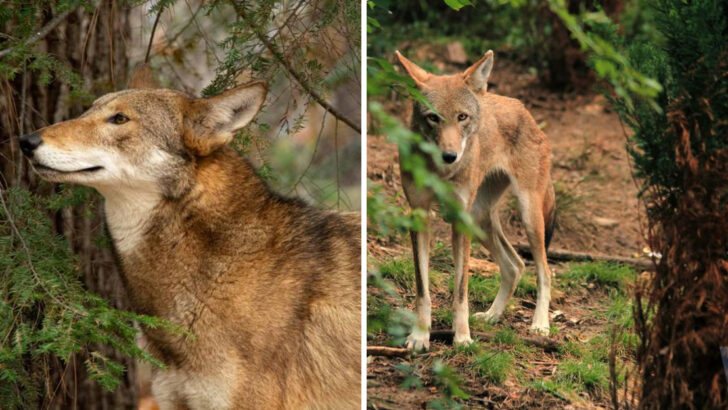The rarest wolf in the world is lurking in North Carolina, and most people have never even heard of it.
With fewer than a few dozen left in the wild, this mysterious predator is hanging on by a thread. Once roaming across the Southeast, it now clings to survival in a tiny sliver of land, battling habitat loss, human conflict, and the ever-present threat of extinction.
Its piercing eyes, lean frame, and haunting howl set it apart from its larger, more famous relatives. Some mistake it for a coyote. Others don’t realize they’re in the presence of one of the most endangered canines on the planet.
So, what makes this elusive wolf so special? And why is it teetering on the brink? Let’s dive into 13 fascinating facts about this incredible survivor—before it’s too late.
Scientific Classification
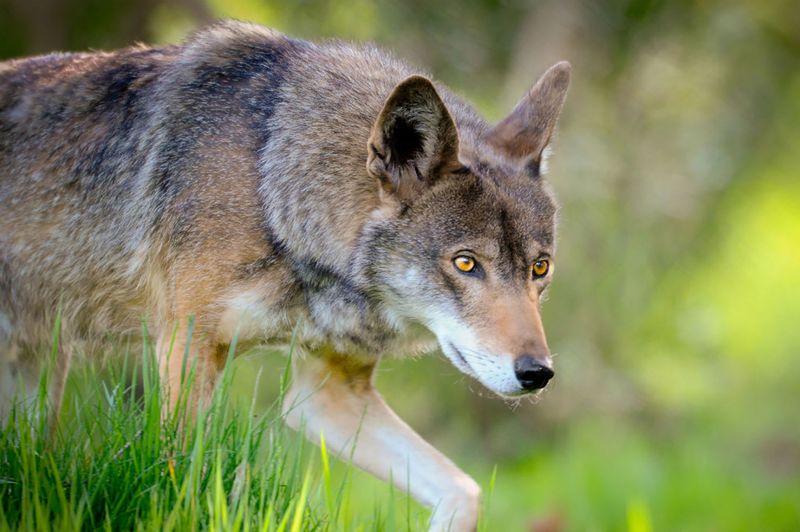
The red wolf, scientifically known as Canis rufus, is a distinct species found only in North Carolina. It possesses a unique blend of characteristics from both gray wolves and coyotes, giving it a slender build and distinctive reddish fur. The red wolf occupies a crucial place in the ecosystem, acting as a top predator in its habitat. This classification underscores the importance of its conservation, as it helps to maintain the natural balance of the ecosystem. Researchers are actively studying its genetic makeup to understand its evolutionary history and ensure its survival.
Historical Range
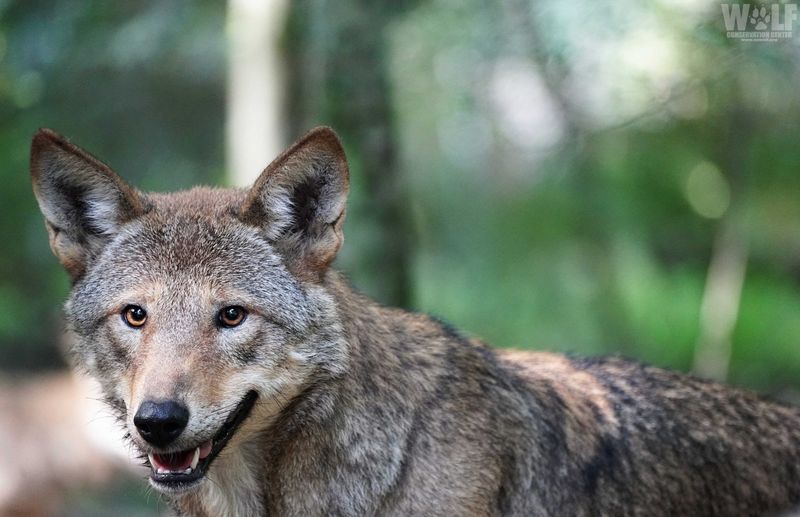
Historically, the red wolf roamed across the southeastern United States, from Texas to Florida and up to Pennsylvania. However, due to extensive habitat loss and hunting, its range has dramatically decreased. Presently, these wolves are found only in a small area in North Carolina. The change in their range highlights the impact of human activities on wildlife habitats. Conservationists are working tirelessly to preserve and expand the current range of the red wolf. Efforts include habitat restoration and creating corridors that connect isolated populations.
Conservation Status
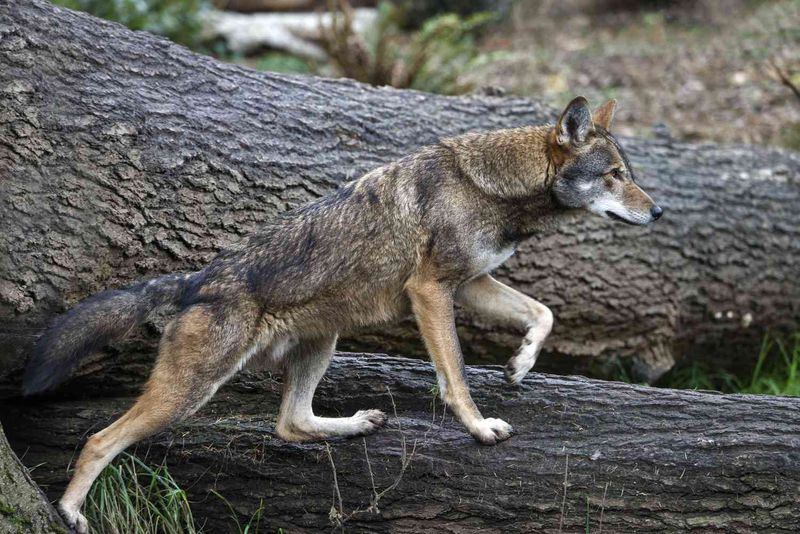
Listed as critically endangered, the red wolf’s survival is precarious. With fewer than 20 individuals in the wild, the species faces significant threats from habitat encroachment, human-wildlife conflict, and reduced genetic diversity. Conservation programs are in place to safeguard their future. These programs involve captive breeding, public education, and legal protection measures to prevent further decline. The red wolf serves as a symbol of the urgent need for comprehensive strategies to protect endangered species and their habitats from extinction.
Unique Howl
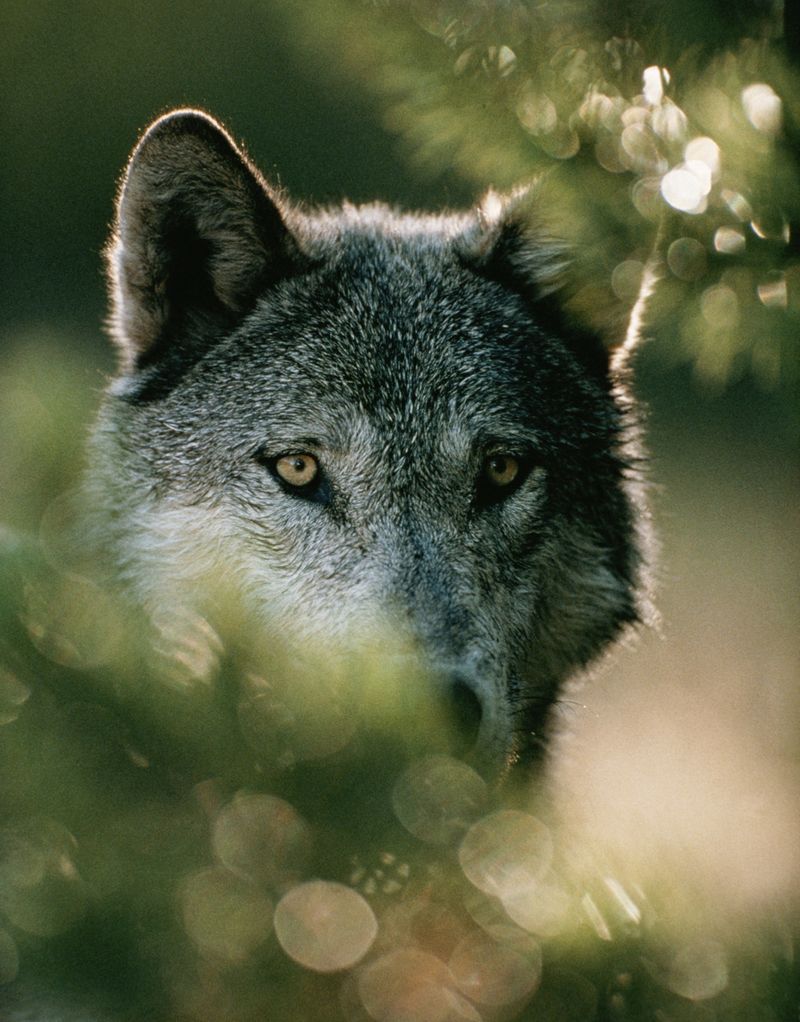
Unlike other wolves, red wolves have a distinctive howl that echoes through the North Carolina wilderness. Their howl is higher pitched and used to communicate with pack members or signal their presence. This unique vocalization aids in maintaining social bonds within the pack and deterring intruders. Hearing a red wolf’s howl is an unforgettable experience, providing a deeper understanding of their communication methods. Researchers are analyzing these howls to gain insights into their social structures and interactions. Protecting them ensures this iconic sound continues to resonate in the wild.
Diet and Hunting
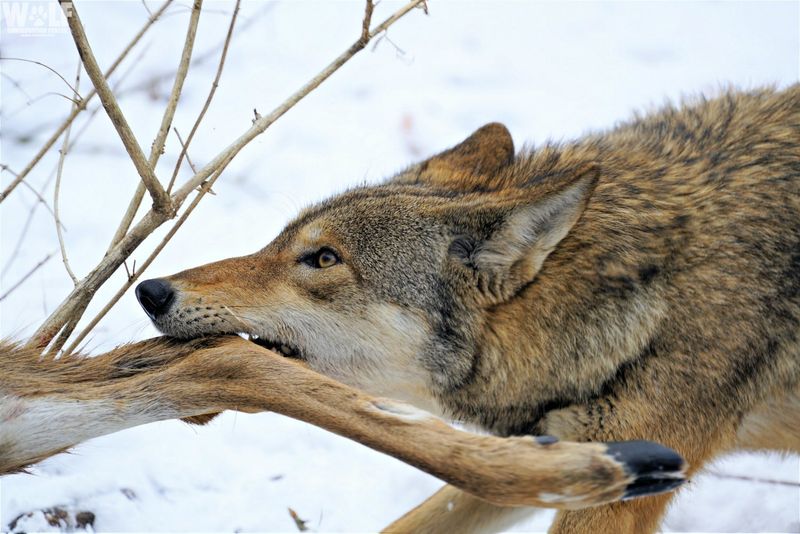
Red wolves are opportunistic predators, primarily preying on small mammals such as rabbits, rodents, and occasionally deer. They play a vital role in controlling prey populations, thus maintaining ecological balance. Hunting usually occurs during twilight hours, leveraging their keen sense of smell and hearing. Red wolves often work in pairs or small packs, showcasing remarkable teamwork and strategy in their pursuits. By understanding their hunting habits, conservationists can better manage habitats to support their natural prey and enhance the survival rates of these elusive predators.
Social Structure
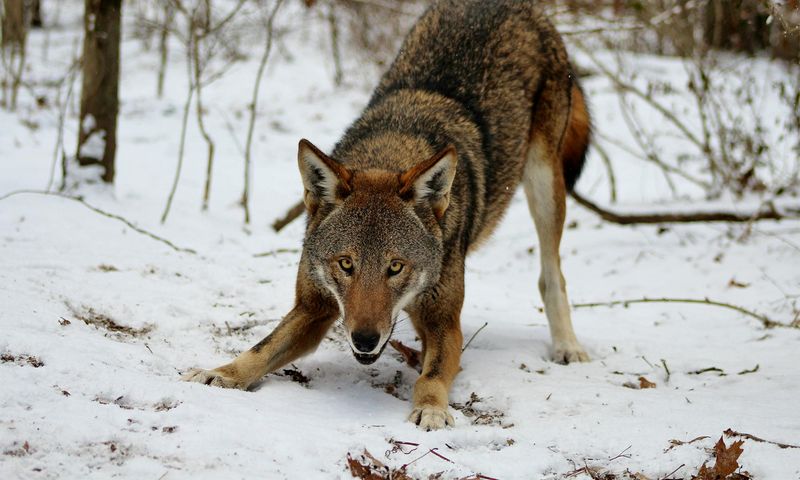
Red wolves exhibit a complex social structure, typically forming packs consisting of a mated pair and their offspring. This familial unit is central to their cooperative hunting and territorial defense. Within the pack, each member has a specific role, contributing to the group’s overall success. These packs communicate through vocalizations, body language, and scent markings, creating a strong social bond. Studying these interactions helps researchers develop effective conservation strategies by understanding their natural behaviors and social dynamics. Protecting entire packs is crucial to prevent the loss of these intricate social structures.
Breeding and Pup Rearing
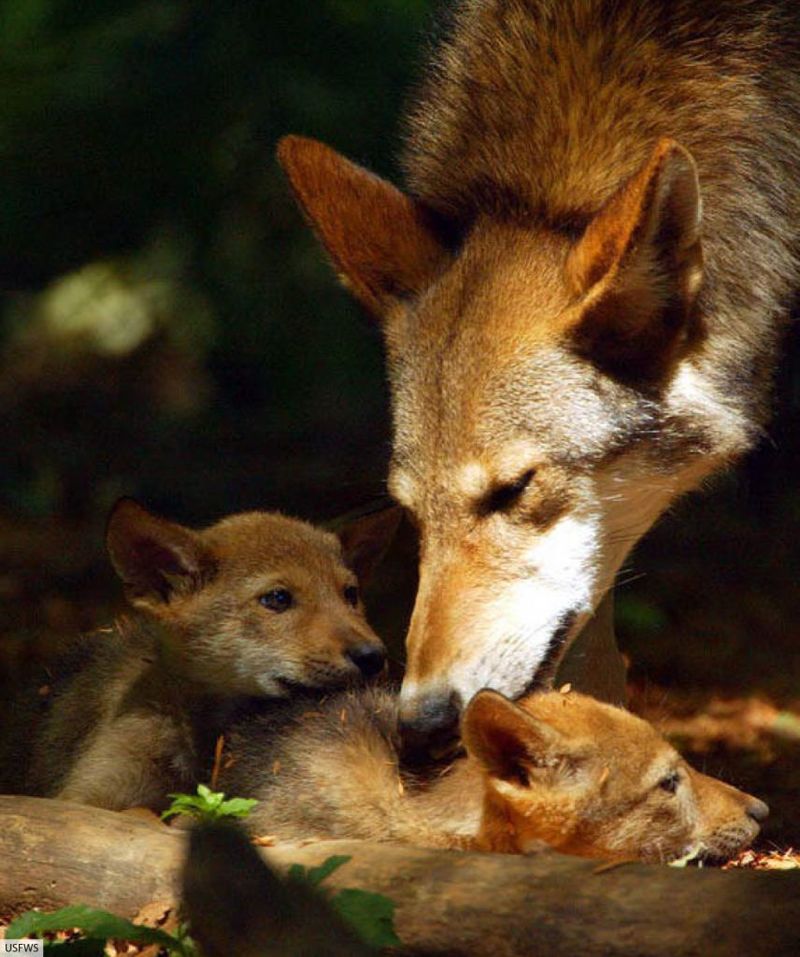
Breeding season for red wolves typically occurs in late winter, with pups born in early spring. Litters usually consist of four to six pups, raised in dens by both parents. This cooperative upbringing ensures high survival rates for the offspring. The entire pack participates in caring for the young, providing food and protection. Observing these nurturing behaviors offers insights into their family-based social systems. Conservation efforts focus on protecting breeding sites and ensuring genetic diversity, which is vital for the species’ long-term viability. Maintaining these family units is essential for their continued existence.
Habitat Preferences
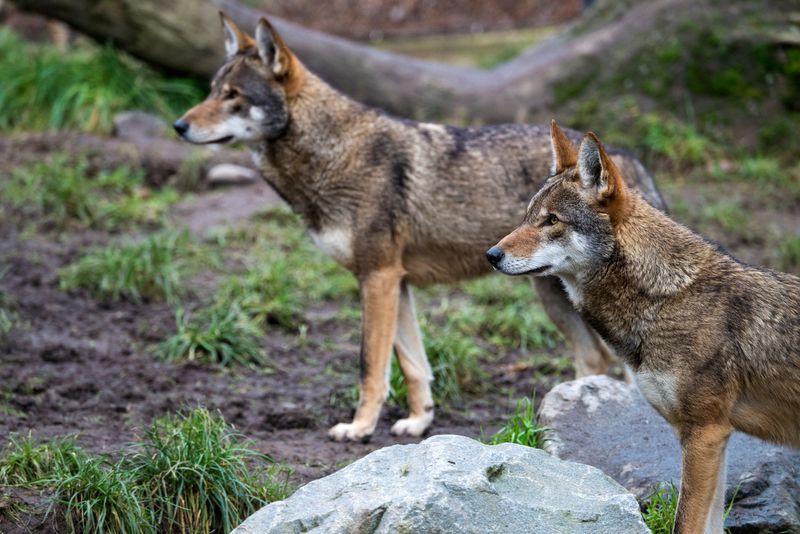
Red wolves favor a variety of habitats found in North Carolina, including forests, wetlands, and grasslands. These environments provide essential resources, such as food, water, and shelter, crucial for their survival. Habitat loss due to human expansion poses a significant threat to their existence. Conservation efforts aim to protect and restore these areas, ensuring they meet the ecological needs of the red wolf. Creating protected areas and wildlife corridors helps connect fragmented habitats, supporting the movement and genetic exchange among populations. Understanding their habitat preferences aids in crafting effective preservation strategies.
Threats to Survival
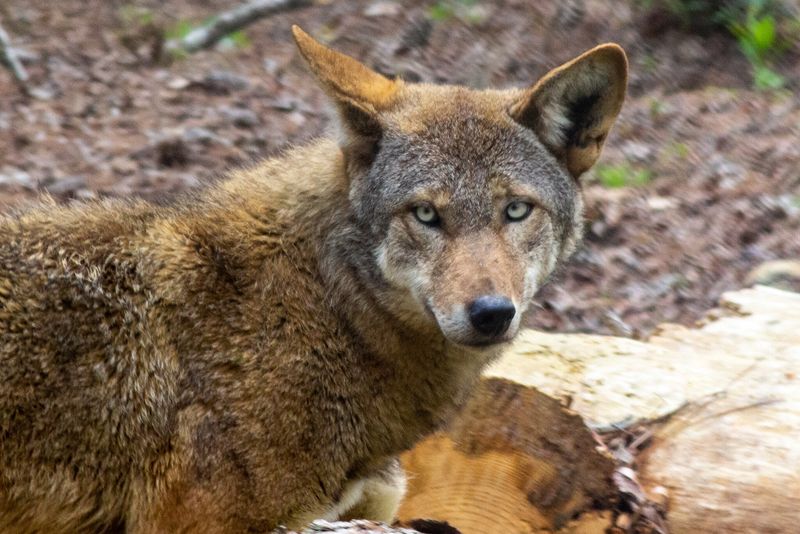
The red wolf faces numerous threats, including habitat destruction, human-wildlife conflict, and illegal hunting. Urban development encroaches on their natural habitats, shrinking their living space and available resources. Additionally, misidentification by hunters poses a constant danger. Public awareness and education are critical to mitigating these threats and fostering coexistence. Effective conservation strategies involve stricter law enforcement, community involvement, and protective legislation. By addressing these challenges, conservationists hope to secure a future where red wolves can thrive in their native landscapes, ensuring their legacy continues for generations to come.
Role in Ecosystem
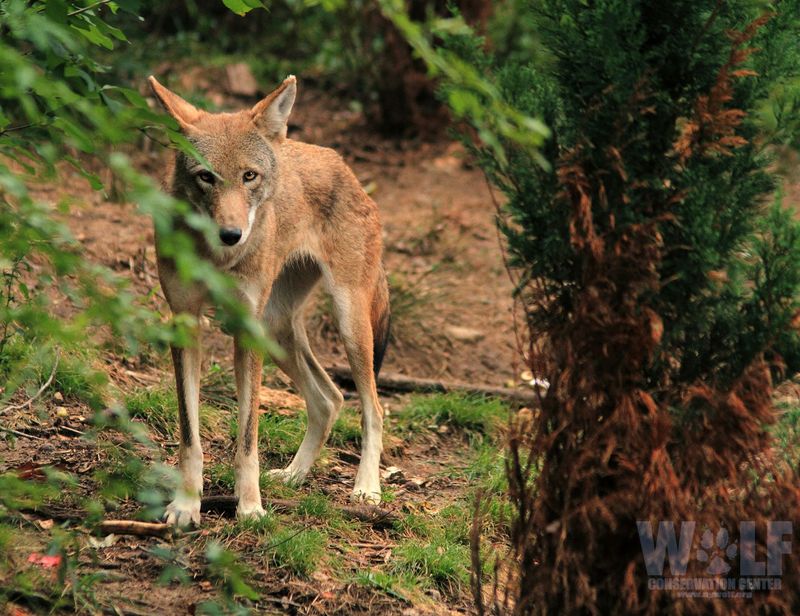
As apex predators, red wolves play an integral role in maintaining ecological balance within their habitats. By regulating prey populations, they contribute to the health of ecosystems. The presence of healthy red wolf populations indicates a well-functioning ecosystem. Their interactions with other species, such as controlling overpopulated prey species, highlight their ecological significance. Conservationists emphasize the need to protect red wolves to preserve these delicate balances. By maintaining their role in the ecosystem, we ensure the biodiversity and resilience of their habitat, which benefits numerous other species and environmental processes.
Restoration Efforts
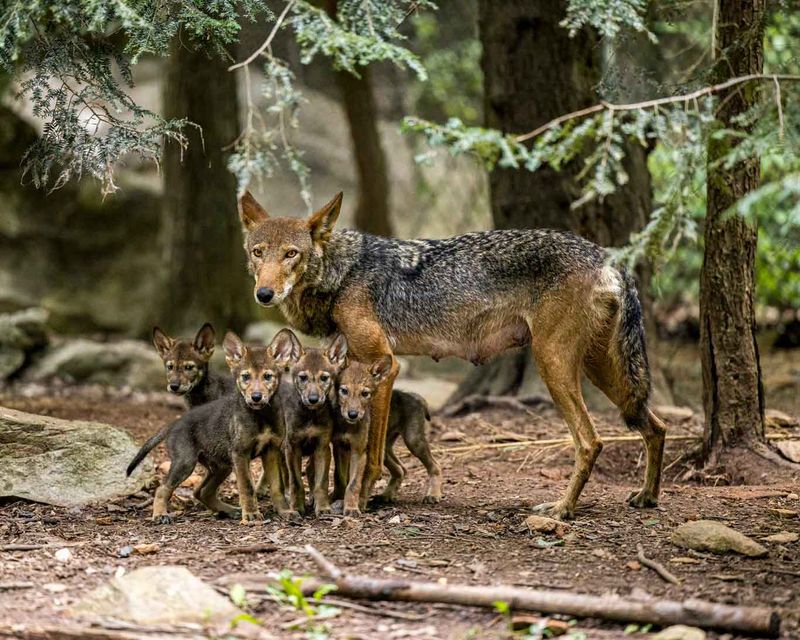
The restoration of red wolves is a monumental conservation effort involving captive breeding, habitat management, and public engagement. Programs focus on increasing wild populations and restoring ecological roles. Captive breeding facilities support genetic diversity and provide wolves for reintroduction into the wild. Habitat restoration projects improve living conditions and support sustainable populations. Public education campaigns raise awareness about their plight and the importance of conservation actions. By collaborating with local communities, conservationists aim to create a harmonious relationship between humans and wildlife, paving the way for a successful rewilding of the red wolf.
Public Involvement
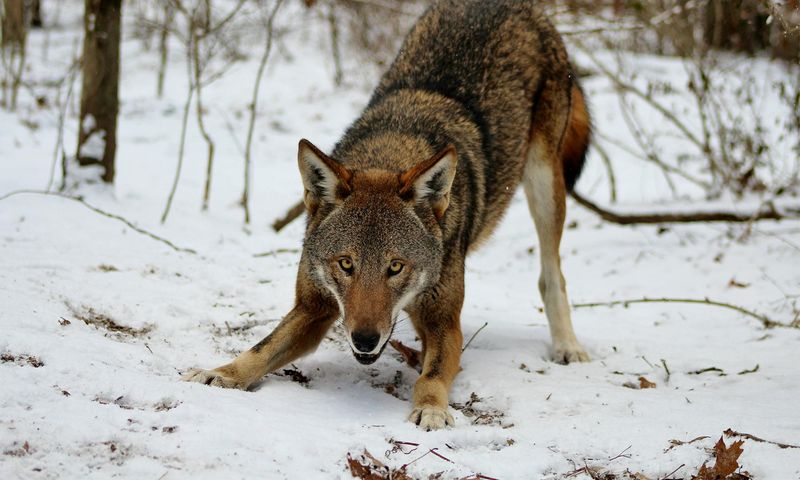
Public involvement plays a pivotal role in the conservation of red wolves. Community engagement through educational programs and workshops fosters understanding and support for conservation initiatives. Local residents can participate in citizen science projects, contributing valuable data for research. By involving the public, conservationists build a network of advocates committed to the protection of these wolves. This collaborative approach enhances the effectiveness of conservation strategies, ensuring long-term success. Empowering communities encourages coexistence and creates a shared responsibility for preserving the rich biodiversity of North Carolina’s landscapes, benefiting both people and wildlife alike.
Future Prospects
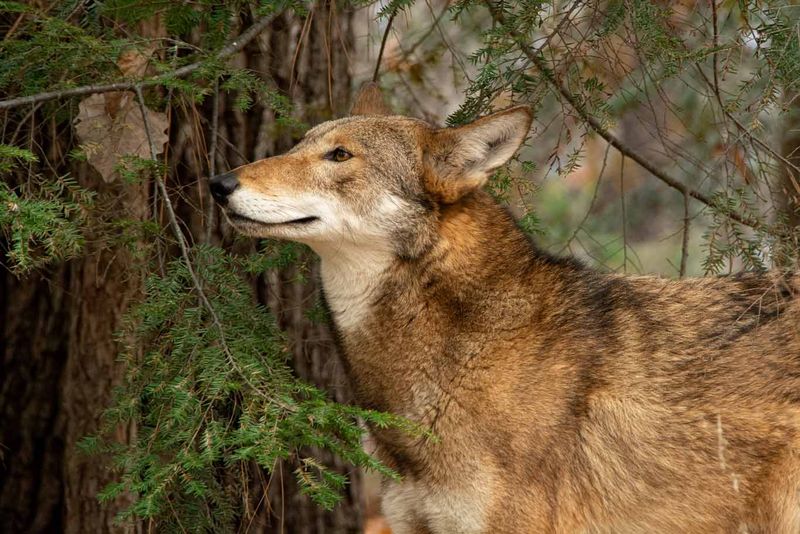
The future of the red wolf hinges on continued conservation efforts and public support. Despite the challenges, there is hope for recovery and population growth. Ongoing research and adaptive management strategies are crucial for addressing emerging threats and enhancing survival prospects. Collaborative efforts between conservation organizations, government agencies, and local communities play a vital role. By fostering a culture of conservation, we can ensure a thriving future for red wolves. These efforts not only focus on population recovery but also aim to restore their ecological roles, securing their place in the wild for future generations.

